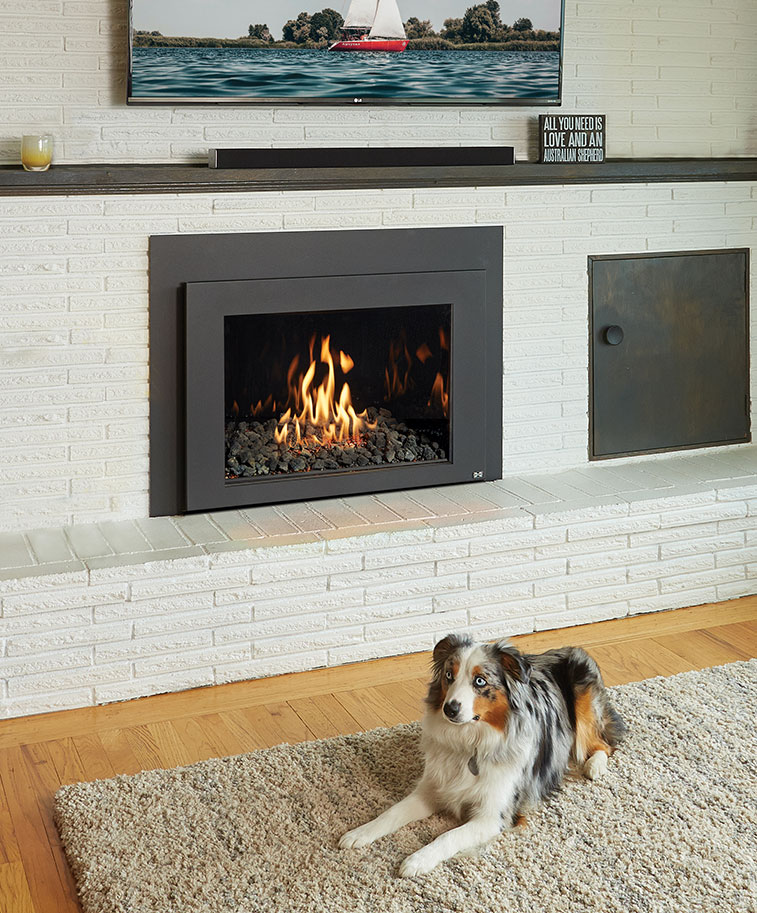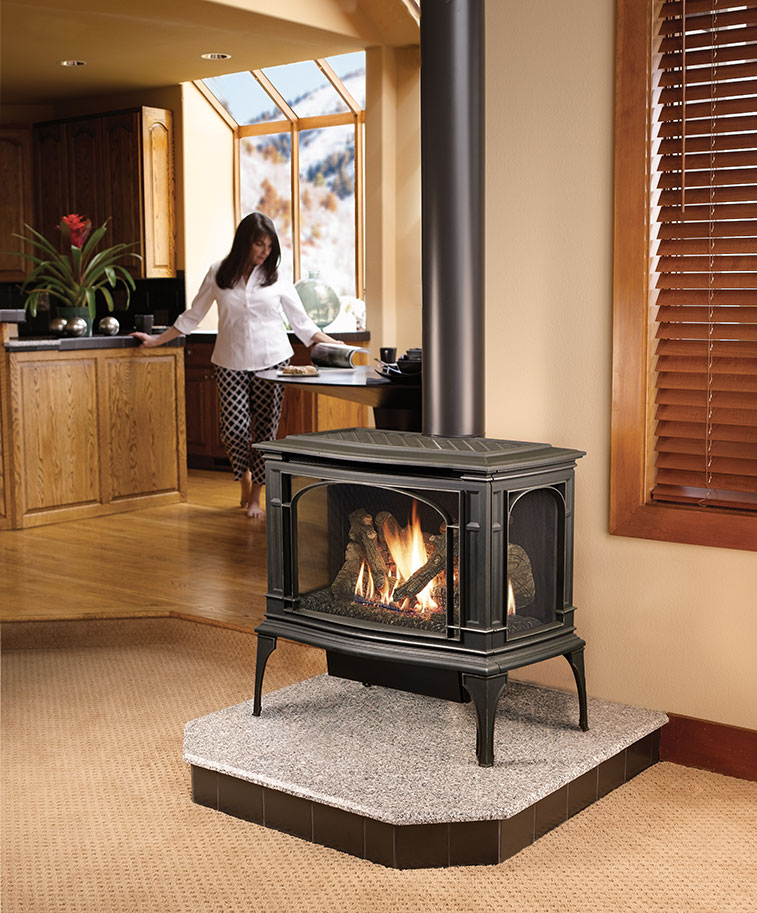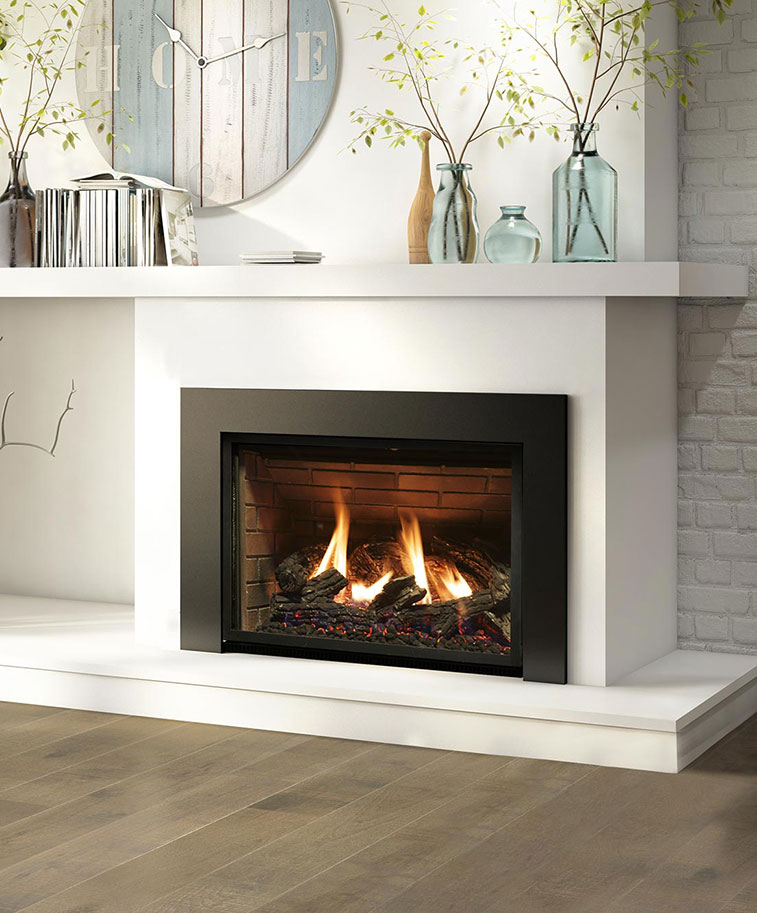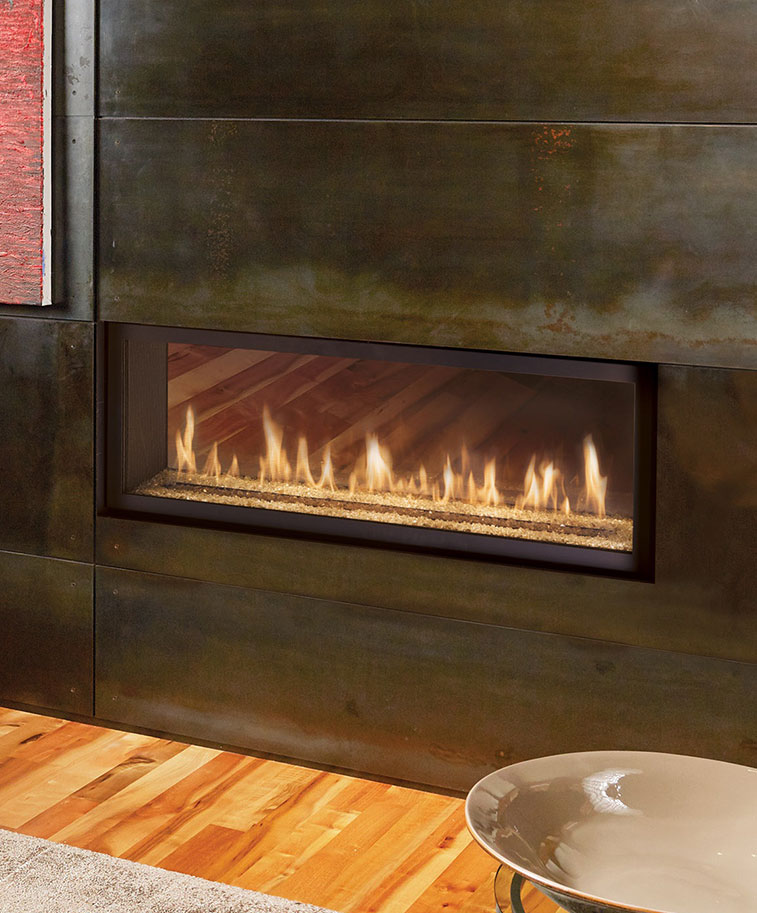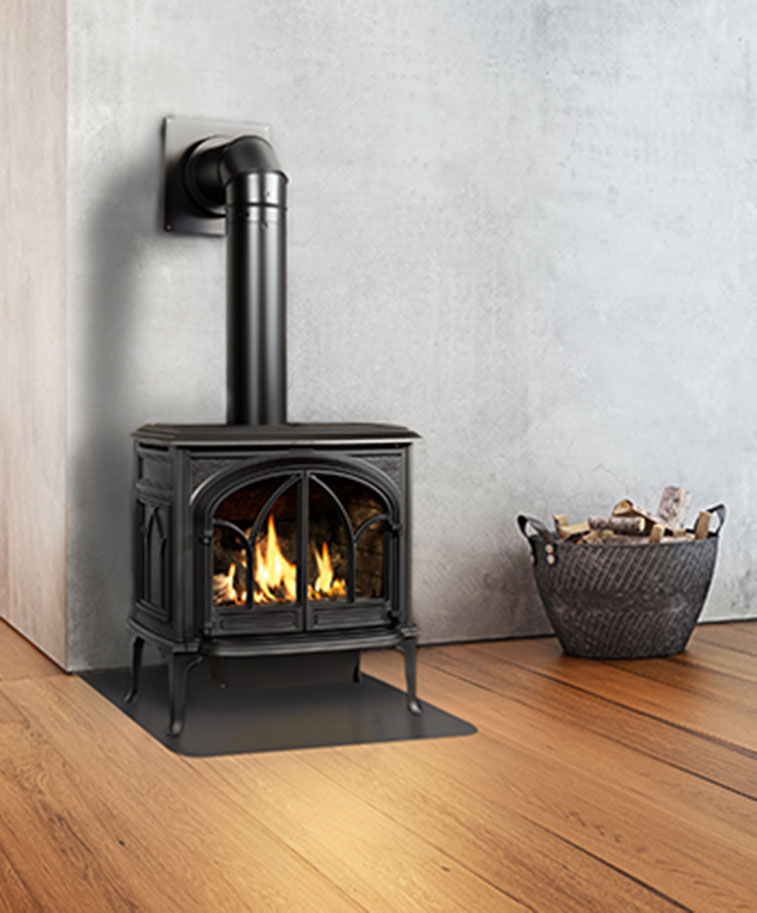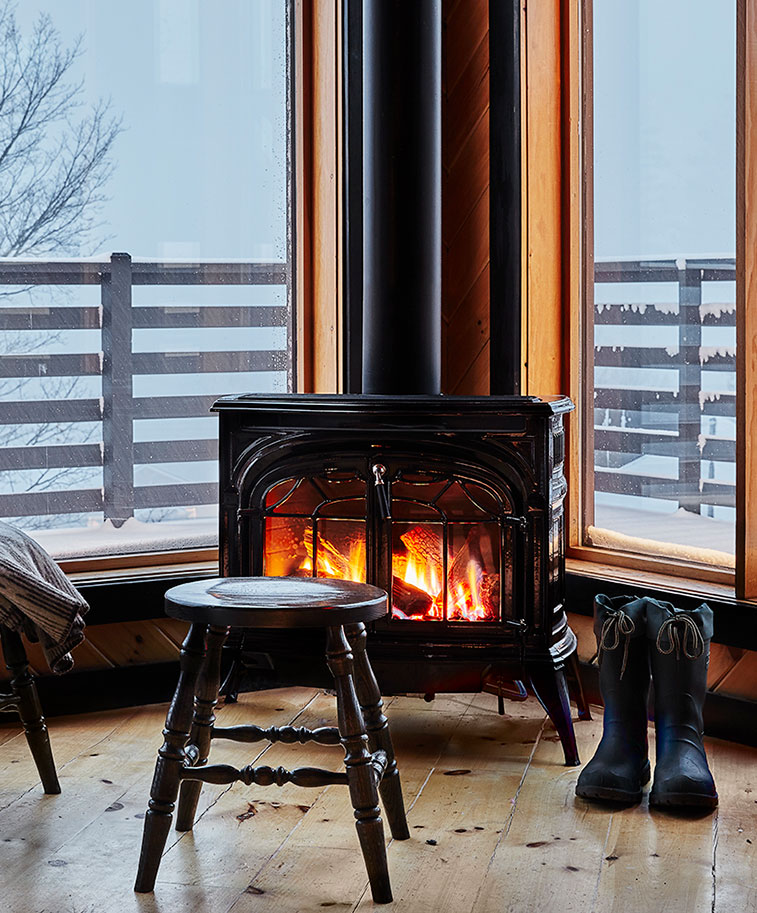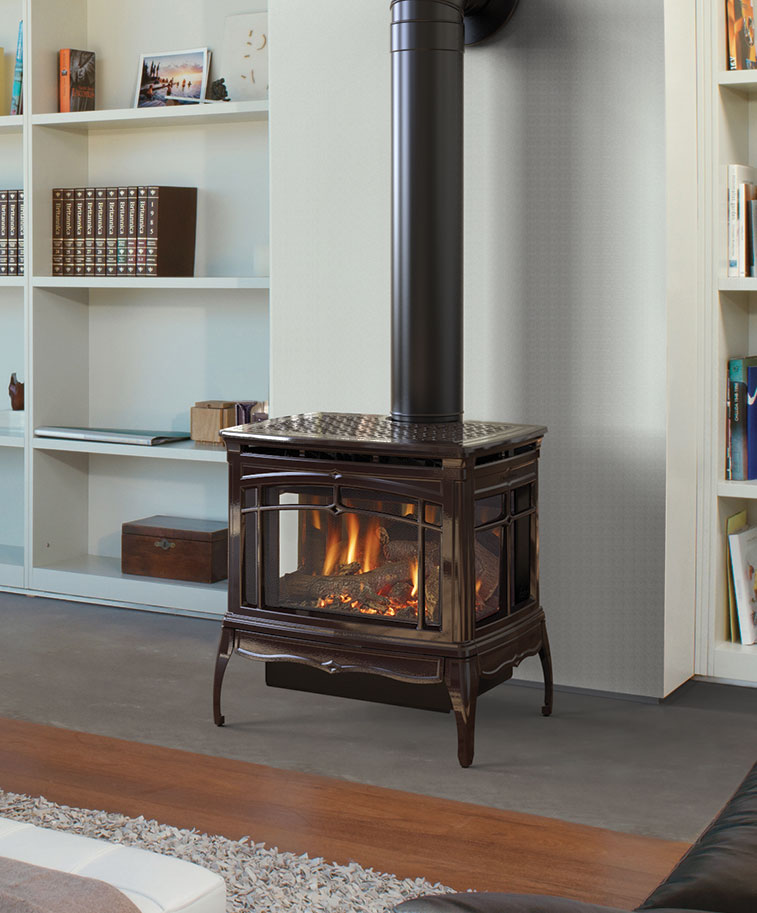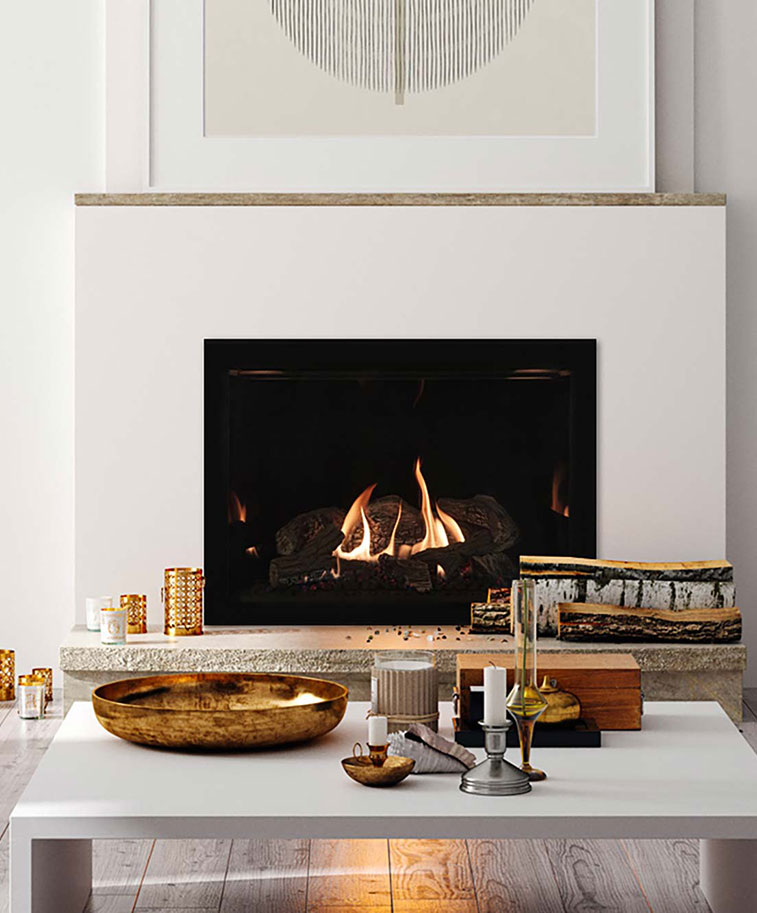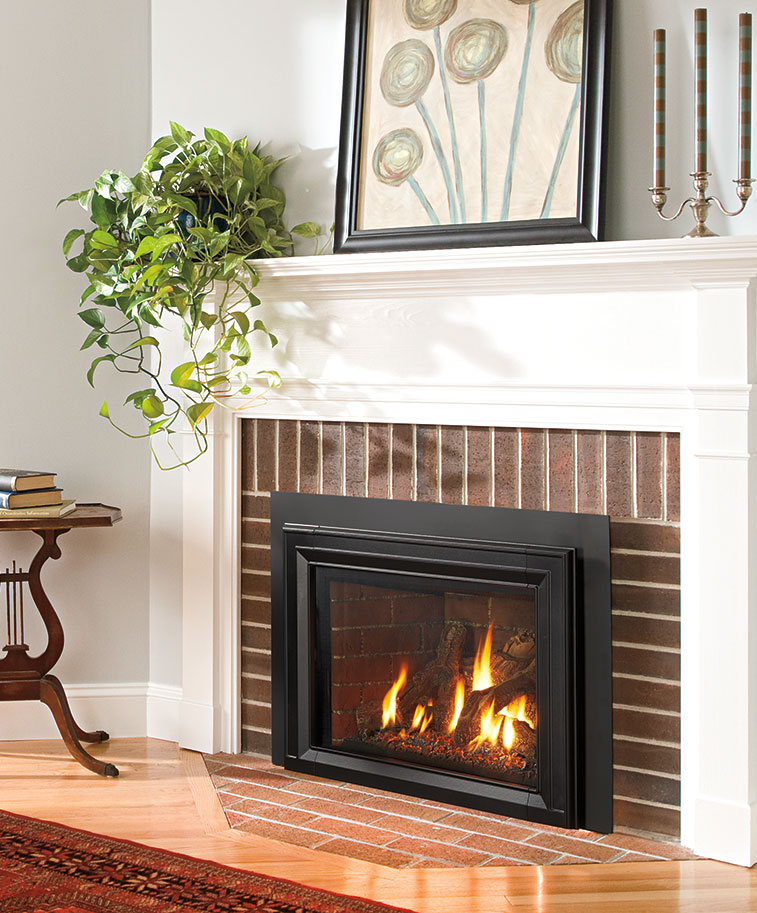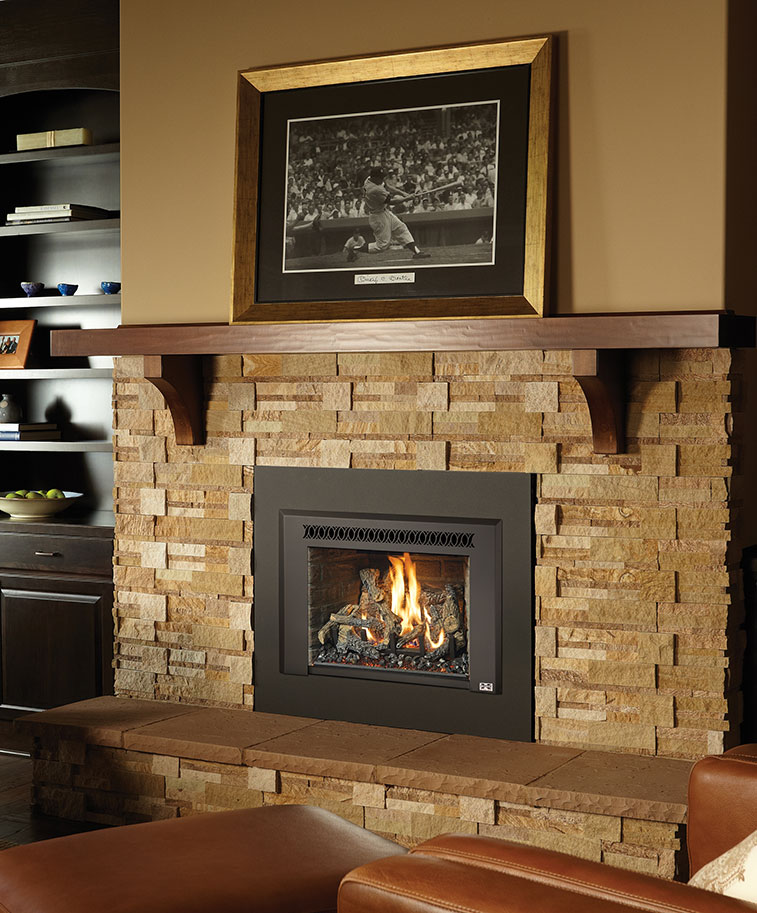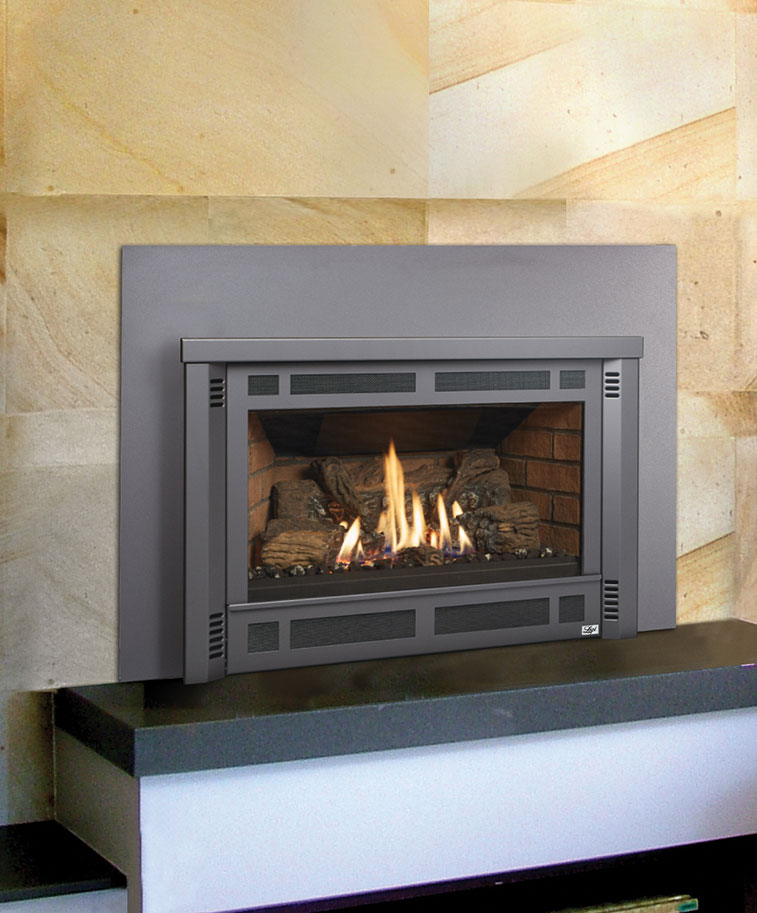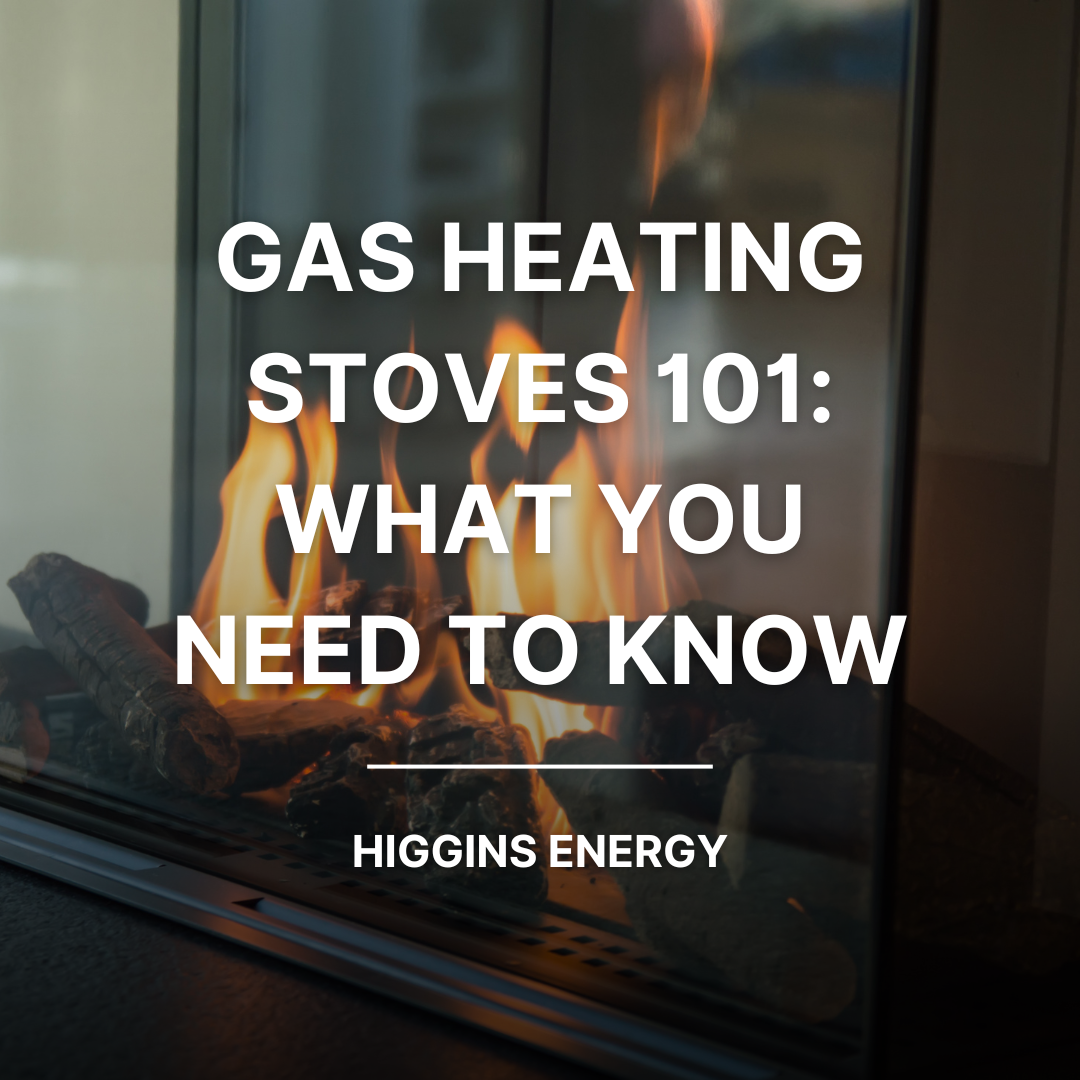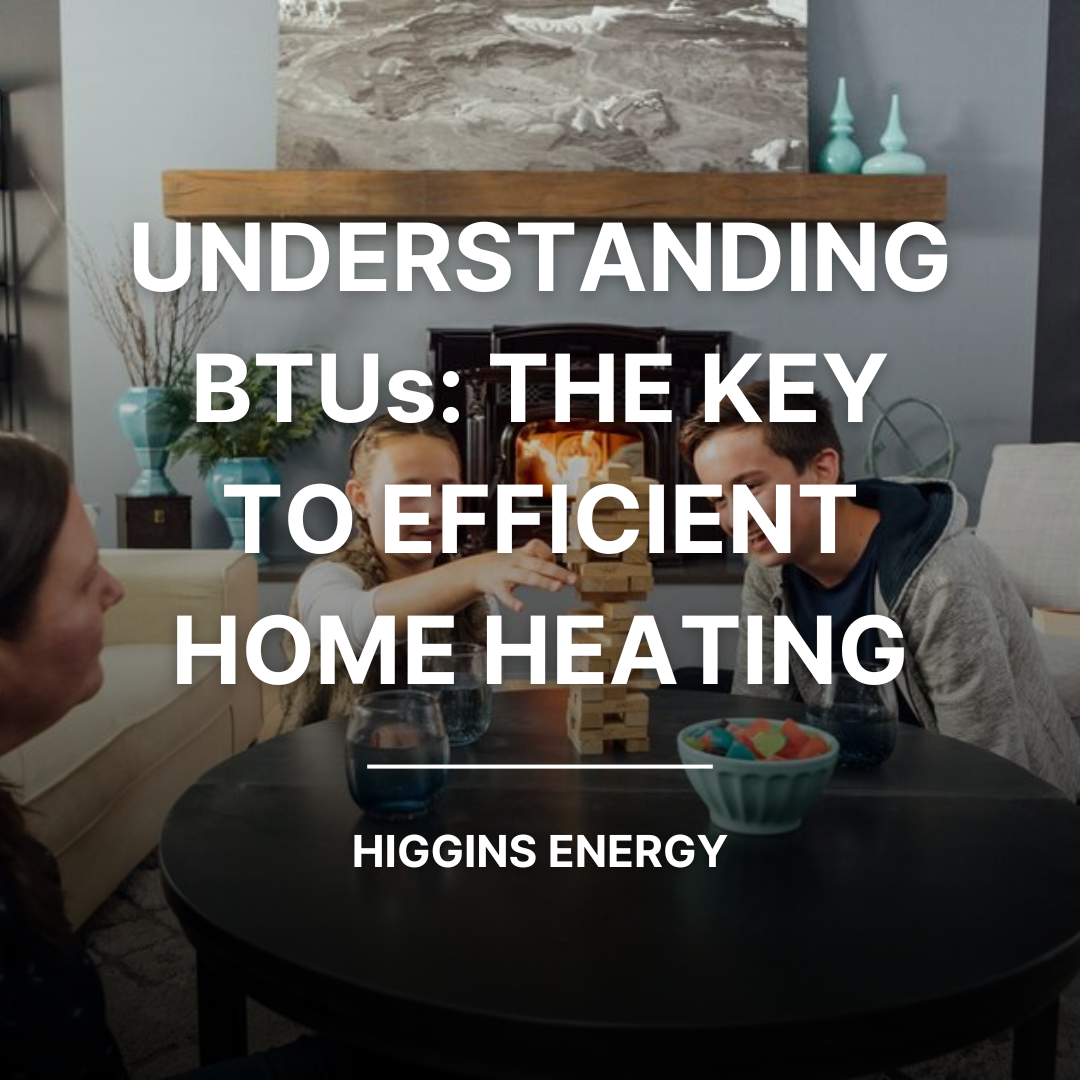Enjoy the warmth and the flickering ambiance of a burning fire that lights with the push of a button. Simply adjust the fire using the remote control to keep your home cozy and comfortable. Gas stoves offer a convenient, on-demand comfort. Enjoy the ambiance of a burning fire without the hassles of burning wood.
Whether you’re looking for a supplemental heat source or a cozy addition to your living space, it is important to have the right information and knowledge to guide you through your decision. On this page, we have gathered everything you need to know: the benefits and features of gas stoves, helpful articles, and a look at some of our most popular models.
